World Fine Art Professionals and their Key-Pieces, 155 - Brian Decay
World Fine Art Professionals and their Key-Pieces, 155 – Brian Decay
One of the artists at the exhibition ‘Rooting in Between’ in Ruimte in Beweging (Space in Motion) at the Boterstraat in Schiedam, was Brian Decay.
The last name of Brian, Decay, gives a hint to his work: decay plays a major role. In the exhibition were some of Brian’s great photo works in which the decay is portrayed. We see once prominent and impressive country and residential houses, palaces and other spaces, not only in the Netherlands, but throughout Europe. It is beautifully covered in terms of light and attention to the details. You do not see people walking around in those rooms.
Desolation
Desolation is the theme of his work, says Brian Decay. “I find it interesting to find out why the object I’m visiting is abandoned. Each location has an emotional charge. There is always a reason why this location has been abandoned. It touches people emotionally. Whether it is a house where grandfather and grandmother lived that no one in the family looked for or a factory where generations of families worked that had to close due to competition from low-wage countries. ”
Before he visits a location he always tries to gather as much information as possible about the history of the location. Brian: “Why is it abandoned? What is the location used for? When I enter a location I absorb the location and experience the emotion of abandonment. I want to transfer this emotion with my photos to my audience and stimulate their imagination through my photos. ”
Abandoned railway carriage
The beauty of natural decay really appeals to him. “We once took a piece of Mother Nature. After we leave this again, she gradually regains what has been taken away from her.” As a key work he mentions the work ‘Carriage for the rich’, an impression of an abandoned railway carriage that he visited in 2014.
“When I entered this carriage, it seemed like I was in a time capsule that took me back 80 years. The luxurious wood-finished walls, the comfortable cushions on the chairs. It seemed as if I could still smell the smoke of cigars. I imagined men with big mustaches in suit in front of me with a cigar in their mouth and a walking stick in their hand. And dressy women with their long hair in the most beautiful dresses traveling to an unknown destination … This photo is, included in a series of photos, published by many well-known websites such as CNN Style and NatGeo Traveler under the title ‘ The Abandoned Orient Express’.”
The abandoned village of Doel
In 2010, Brian Decay purchased his first SLR camera. He explored Rotterdam and was often along the river Maas. “Especially architecture attracted me enormously. During a photo course, my teacher pointed me to the deserted village of Doel in Belgium. That village is as good as abandoned and would disappear so that the port of Antwerp could expand. After I visited Doel I wanted more and ended up on a forum with photographers with the same passion for abandoned objects. That’s how I got to know people and I went to visit more abandoned locations. ”
The Netherlands, however, was not the ideal country for abandoned locations. “Here everything is filled with bricks and mortar or demolished. At first I was mainly in Belgium, where visiting abandoned locations is fairly easy. Over the years, I have been increasingly searching for abandoned objects in countries such as Germany, France, Austria, Italy and Poland. ”
Self-taught
Brian Decay is self-taught as a photographer. “In addition to a basic photography course, I did not follow specific training. I learned everything myself.” He has a permanent job as a Sales Executive at an international transport company. “Very corporate. During the week I walk in suits and ties, during the weekend I climb over fences and I crawl through cellar holes in search of desolation. What I do is not legal. I hardly do legal visits. The excitement of the explore is certainly an important part of the total experience. ”
How does he find all those abandoned locations? Brian: “I look a lot on Google for messages about empty buildings or buildings that are going to be empty. In addition, I search a lot on Google Earth, where you can use satellite images to zoom in on houses and look for collapsed roofs, overgrown buildings etc. And then I go out to see if it is something. Through the years you get appreciation for your work and you build a network of fellow photographers with the same passion. For example, we exchange locations among ourselves. ”
Trust
Does he have a nice final word? He has. “Trust is very important because you do not want locations to fall into the wrong hands of, for example, vandals. I want to record the location as I have seen it, preferably untouched, as if it had just been abandoned. An unwritten rule is ‘Take nothing but pictures, leave nothing but footprints’. You enter a location discreetly, capture it, and leave it as you have seen it. ”
Images: 1) Arched, 2) Beelitz Frauen, 3) Carriage for the rich, 4) CdC1, 5) Distilled Dreams, 6) Endlessness, 7) Greenish, 8) Monarchies, 9) No cure for the lonely, 10) Off you go
http://www.preciousdecay.com/
http://bit.ly/2A4lMwY
https://ifthenisnow.eu/nl/verhalen/de-wereld-van-de-rotterdamse-kunstenaar-32-brian-decay
Disclaimer: The views, opinions and positions expressed within this guest article are those of the author Walter van Teeffelen alone and do not represent those of the Marbella Marbella website. The accuracy, completeness and validity of any statements made within this article are not guaranteed. We accept no liability for any errors, omissions or representations. The copyright of this content belongs to Walter van Teeffelen and any liability with regards to infringement of intellectual property rights remains with the author.

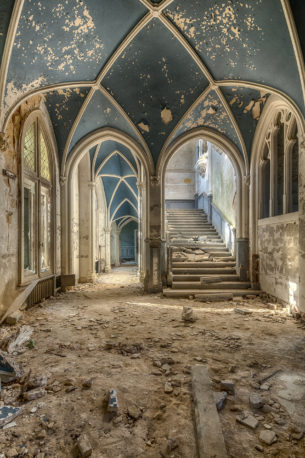

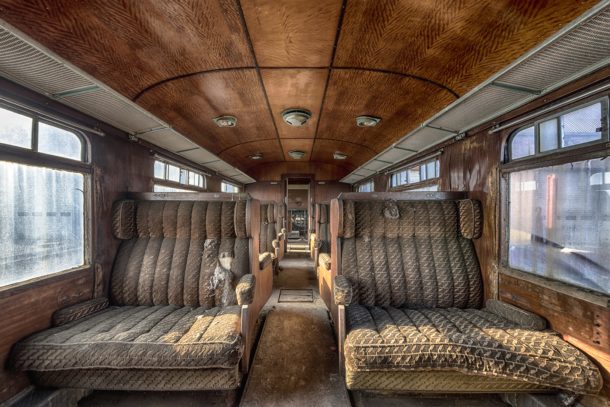



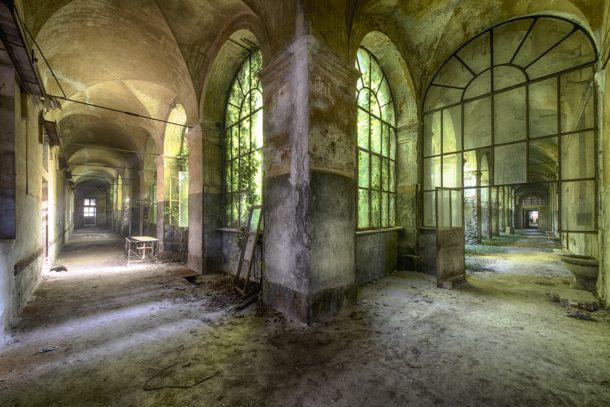
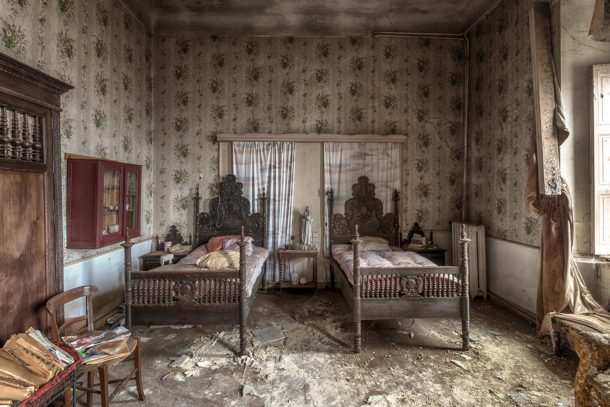
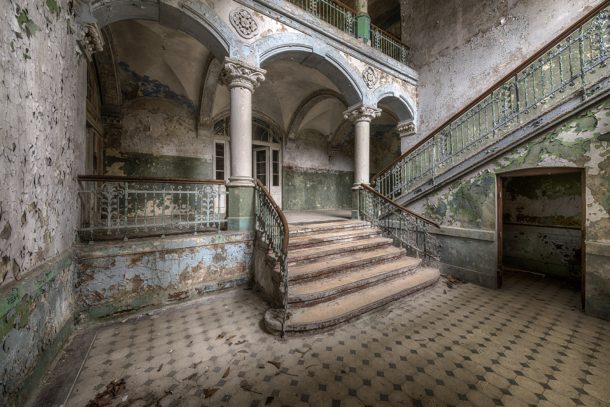
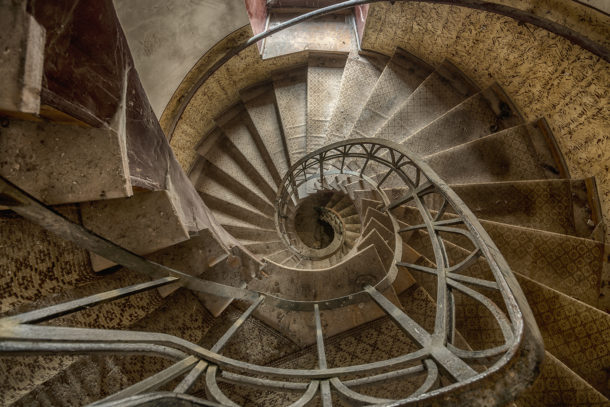














The opinions expressed by individual commentators and contributors do not necessarily constitute this website's position on the particular topic.